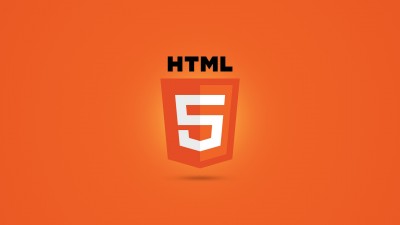Welcome to another article on Building Better Web Pages. This article series comprehensively covers building an HTML document: easily learned, but rarely perfected.
Today’s article covers Doctype declarations. While there is a wealth of information on the internet already about Doctypes, I have always clicked away without really understanding what was really going on. Besides, we can’t completely cover “Building Better Web Pages” without it. The most basic questions are “Why do I need a Doctype?” or “Which Doctype should I use?” You might figure this would be easy to explain. I think can be, but I just never see it solidly stated.







